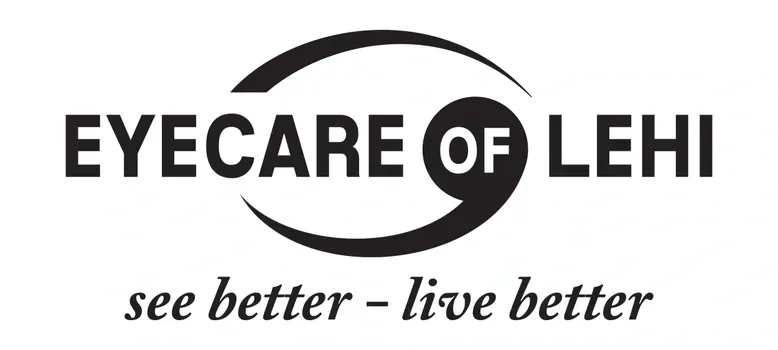
Other Services:
We offer a wide variety of eye care services to the Lehi community. Contact us with any questions about our services.
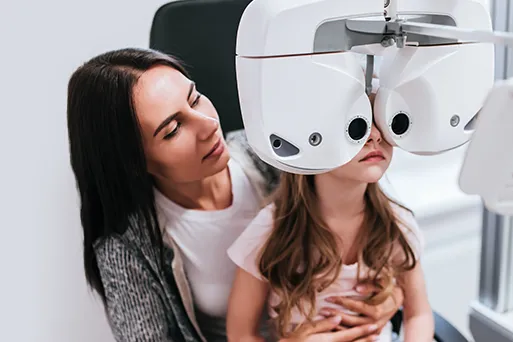
Pediatric Eye Exam
Regular eye exams are important for children since their eyes can change significantly in as little as a year as the muscles and tissue develop. Good eyesight is critical for a child’s life and achievements since success in school is closely tied to eye health. School demands intense visual involvement, including reading, writing, using computers, and blackboard/smartboard work.
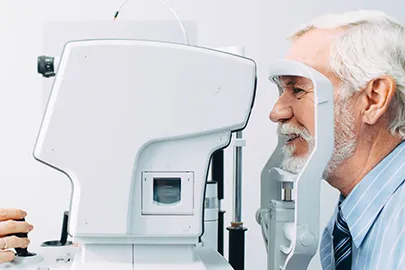
Diabetic Related
Eye Exams
You have almost certainly heard of diabetes, which is one of the most common chronic health conditions in the United States with an estimated 100 million adults currently living with diabetes or pre-diabetes. This metabolic disorder occurs when the body is no longer able to regulate its own blood sugar levels and requires intervention to keep them stable.
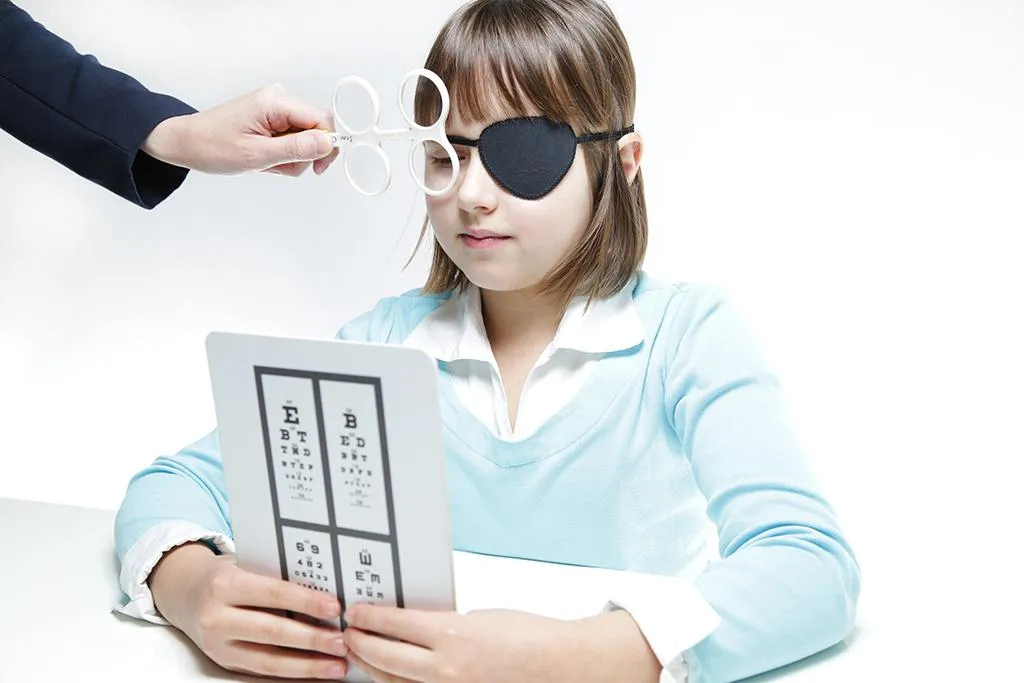
Light Therapy
Vision therapy is a treatment plan that is intended to develop and improve a patient’s visual skills and abilities, with the goal of making their day-to-day life easier. You may also hear Vision Therapy referred to as VT. Although most commonly associated with children, whose visual skills are still naturally developing, adults can also benefit from vision therapy.
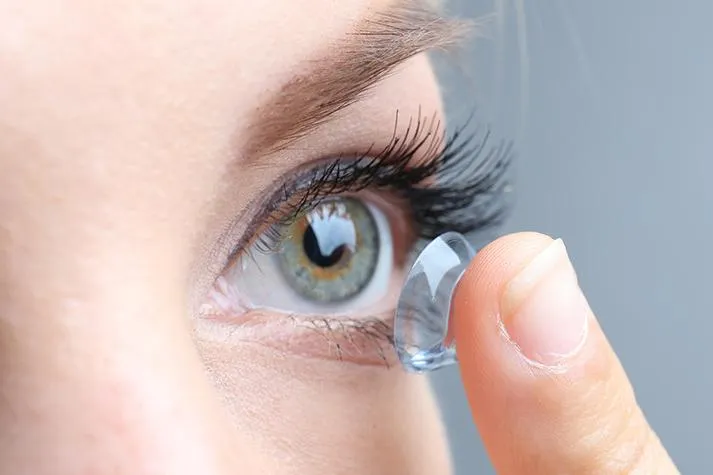
Contact Lens Exams
If you’ve never worn contact lenses before, it can seem a bit intimidating. After all, you’re inserting something into your eye! Let’s ease your mind about the first step – your contact lens exam. This post will walk you through what’s involved in a contact lens exam and what you can expect every step of the way.
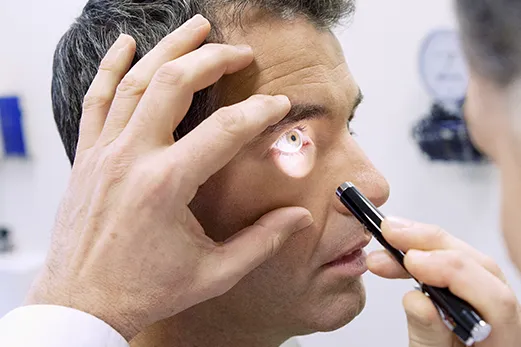
LASIK Co-management & Evaluation
LASIK is the number one elective surgical procedure today, and more than a million Americans have had the procedure since its inception.

Computer Vision
Just a few decades ago, computer vision syndrome (CVS) was not known or understood. However, with an increase in the role of computers in our lives, it has become an increasingly common issue.
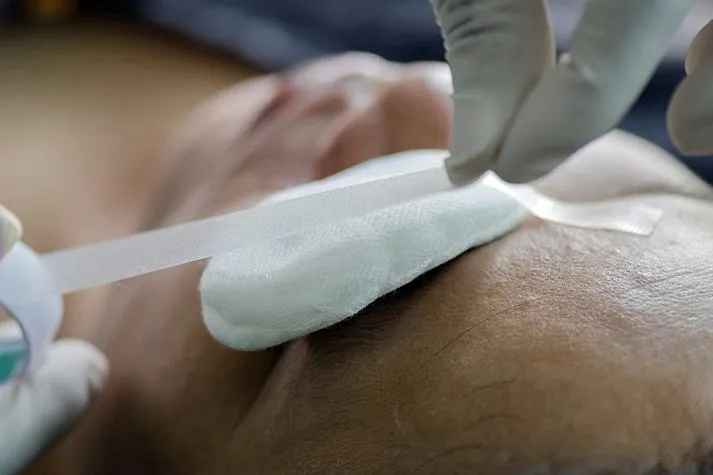
Emergency Eye Care
Eye emergencies cover a range of incidents and conditions such as; trauma, cuts, scratches, foreign objects in the eye, burns, chemical exposure, photic retinopathy, and blunt injuries to the eye or eyelid.

Ocular Disease Management
Both optometrists and ophthalmologists treat many common types of ocular disease. However, for the best outcome, it’s important to see an eye doctor regularly. They can identify any issues before they become serious problems.

Cataracts
If you’ve been diagnosed with cataracts, you may wonder if cataract surgery is right around the corner. Not to worry. There are many preventive steps you can take to slow the progression of cataracts and preserve your vision. That doesn’t mean you won’t eventually need surgery, but you can at least delay the need for quite a while.
What eye care services do you offer?
We provide a wide range of services including Dry Eye Therapy, Keratoconus, Scleral Lens, Orthokeratology, Myopia management, eye exams and many more services.
How often should I get an eye exam?
Eye exam frequency depends on factors like diabetes and glaucoma. Generally, once ever year is recommended.
Do you offer eye glass frames?
Yes, we do. We have numerous pairs to suit your style, perscription and budget.
Do you do Ortho K fittings on site?
Absolutely! We have three locations that can serve you and see if you are a candidate for overnight vision correction.
To you accept Vision Plans or Insurance?
Yes, we do! We accept a wide range of plans. Give us a call and our reception team will answer all your questions.
What Kinds of payment do you accept?
We accept cash, Visa, Mastercard, Discover and American Express.
Frequently Asked
Questions
Here are answers to common questions about our eye care services. Explore how we can enhance your vision and address any queries you may have about our expertise and offerings.
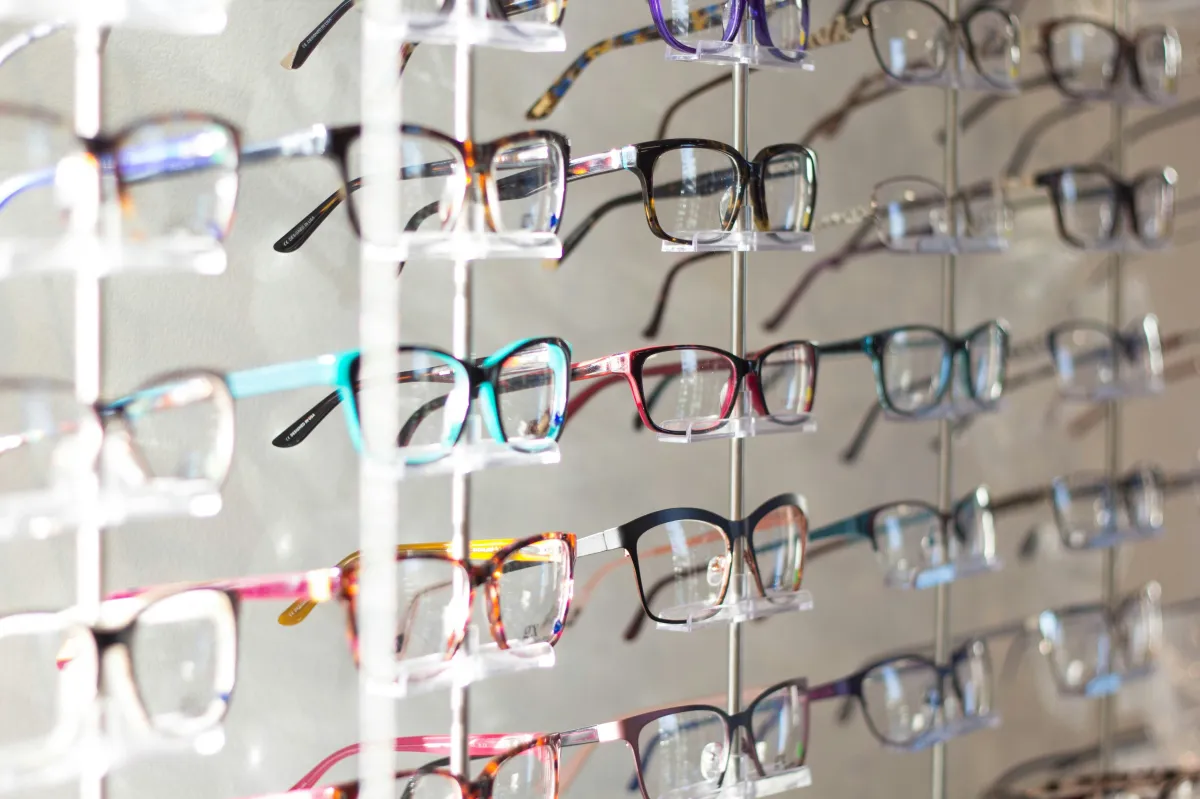

Hours
Mon: 7:00 am – 4:30 pm
Tue: 7:00 am – 4:30 pm
Wed: 7:00 am – 4:30 pm
Thu: 7:00 am – 11:30 am; 1:00 pm – 4:30 pm
Fri: 7:00 am – 4:30 pm
Address:
75 W State St Suite B, Lehi, UT 84043, United States
Contact Us:
Phone: (801) 768-4100
Fax: (801) 768-0600
Email: [email protected]